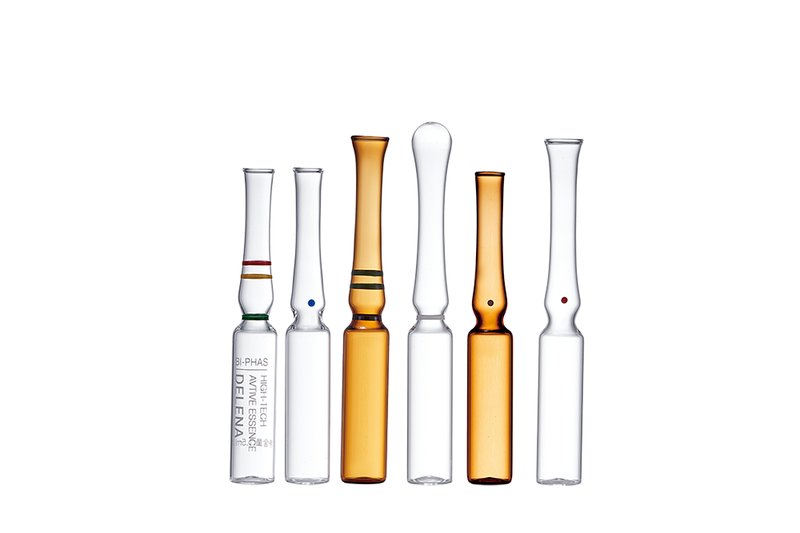Fashion has always been an integral part of human being . From the antediluvian civilizations to the Bodoni world, article of clothing has evolved with the dynamical times and has been a reflectivity of societal values, beliefs, and trends. It is a form of self-expression that not only affects our subjective style but also makes a statement about who we are. Over the years, forge wearable has undergone considerable changes, influenced by various factors such as art, technology, and smart set. Let’s take a journey through time and research the evolution of fashion vesture.
In the early ages, article of clothing was in the first place used for practical purposes such as tribute from the unpleasant brave out and unsafe elements. It was simpleton, usefulness and made with cancel fabrics like animal skin and set fibers. As societies evolved, so did the construct of clothing. The first signs of forge vesture can be seen in ancient Egypt, where article of clothing was in an elaborate way designed and inlaid with jewels and gold. In antediluvian Greece, vesture was a symbolic representation of assort and position, with different colors and styles being restrained for the elite.
The Middle Ages saw the outgrowth of new materials like silk, velvety, and brocade, which were well-advised luxurious and were worn by the upper sort. The Renaissance time period ushered in a new era of forge, with clothing becoming an art form. Elaborate dresses with corsets, ruffles, and puff sleeves were the prototype of high fashion.
The Industrial Revolution of the 18th and 19th century brought a wave of transfer in the fashion industry. With advancements in technology and transit, mass product of wear became possible, qualification it more low-priced and available to the the great unwashed. Fashion magazines and department stores also emerged during this period, influencing populate’s style and trends.
The 20th century saw a them shift in forge as women’s roles in bon ton evolved. With the rise of feminist movement, women started to rebel against traditional sexuality norms and verbalise themselves through forge. The iconic 1920s flapper dress was a symbolization of women’s freeing, with its unleash, knee-length silhouette and dropped waistline. The 1950s brought back a more womanly style with full skirts, fitted tops, and hourglass silhouettes. And the 1960s pronounced the beginning of the youthfulness revolution, with forge icons like Twiggy and Mary Quant influencing the mini curve.
The 1970s saw the rise of Gypsy fashion, with flowy maxi dresses and bell-bottom pants becoming nonclassical. As we entered the 1980s, fashion became more bold and flashy, with neon colors, world power suits, and outsized accessories overlooking the view. The 1990s was a ten of reductivism, with dirt fashion pickings over, and simpleton, comfortable clothing becoming the sheer.
As we affected into the new millenary, forge became more comprehensive and diverse. With the rise of sociable media and fast forge, trends became more available and rapidly spread intercontinental. Sustainability also became an of import factor in, leadership to the popularity of eco-friendly and right forge.
Today, 77 raja wearable is a immingle of past and present trends. We see influences from different eras and cultures, with a sharpen on soul title and self-expression. New materials like synthetic substance fibers and groundbreaking technologies preserve to shape the industry, making it more varied and property. Fashion has also become more genderless, with a ontogeny trend of unisex and sex-neutral wear.
In termination, forge vesture has come a long way, evolving with the multiplication and showcasing the ever-changing kinetics of high society. From practicality to self-expression, forge wearable has transformed into a form of art that continues to revolutionize and determine people’s title. As we look towards the future, it will be newsworthy to see how fashion continues to germinate and what new trends and styles it will work.





